Space
Sign up for our newsletter
We summarize the week's scientific breakthroughs every Thursday.
-
 Astronomy
AstronomyOld stars gleaned neighbors’ gas, Hubble data show
Blue straggler stars can continue to burn hot after taking material from a stellar companion.
-
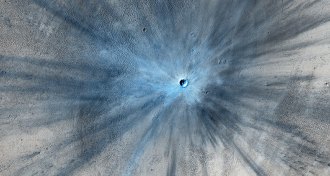 Planetary Science
Planetary ScienceBig space rock makes an impact on Mars
An orbiting spacecraft snapped images of a huge crater and blast marks on the surface of the Red Planet.
-
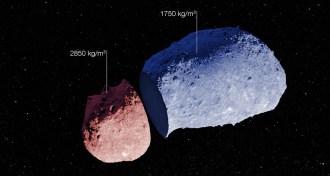 Planetary Science
Planetary ScienceAsteroid shows its inner differences
The peanut-shaped space rock is more compact on one side than on the other.
-
 Planetary Science
Planetary ScienceMars ‘air’ found thinner
Readers get an update on the Red Planet's atmosphere and how new probes land there with parachutes.
-
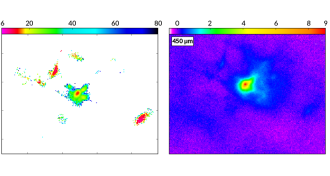 Astronomy
AstronomySome gas clouds refuse to collapse
A study of dust gives astronomers a sharper picture of cold gas.
-
 Cosmology
CosmologySlow, cold start to universe suggested
By allowing particle masses to change, a new theory suggests how the universe could have arisen without a Big Bang.
-
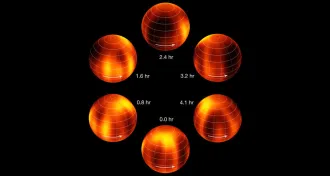 Astronomy
AstronomyClouds on nearby brown dwarf mapped
A study of clouds on a nearby brown dwarf reveals partial cloud cover.
-
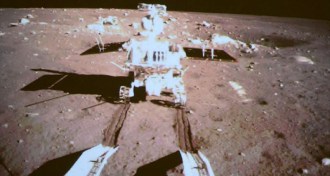 Planetary Science
Planetary ScienceChina’s moon rover may be beyond repair
If the rover’s electronics are exposed to the extremely cold temperatures on the moon, they will break, leaving Jade Rabbit inoperable.
-
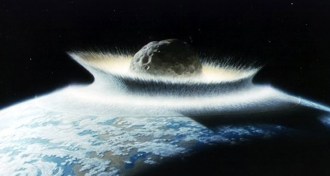 Earth
EarthEighth century carbon spike not from comet impact
The space rock would have to have been 100 kilometers across and 100 billion to 1,000 billion tons, leaving a disastrous impact not supported by geological or written records.
-
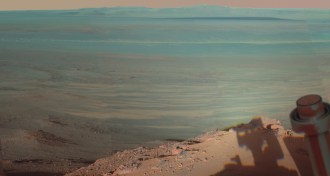 Planetary Science
Planetary ScienceOld rover finds new evidence of water on Mars
Opportunity’s analysis of rocks at Endeavour crater reveals chemistry that could have supported life.
By Meghan Rosen -
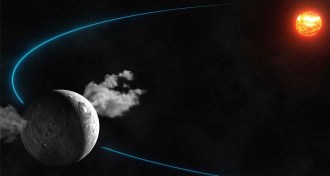 Planetary Science
Planetary ScienceDwarf planet Ceres gives off gassy water
Astronomers report observations that Ceres releases water molecules from two distinct spots on its surface.
-
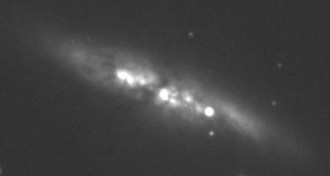 Cosmology
CosmologyNew supernova spotted in nearby galaxy
The galaxy M82 has given off a brilliant flash, which astronomers have confirmed as a type 1a supernova.